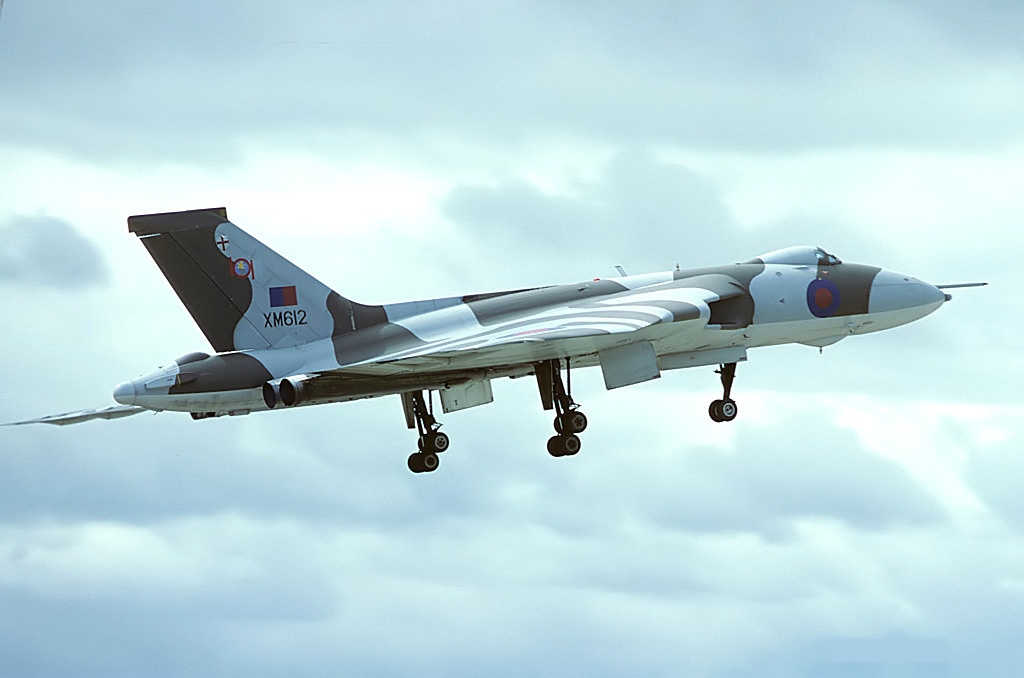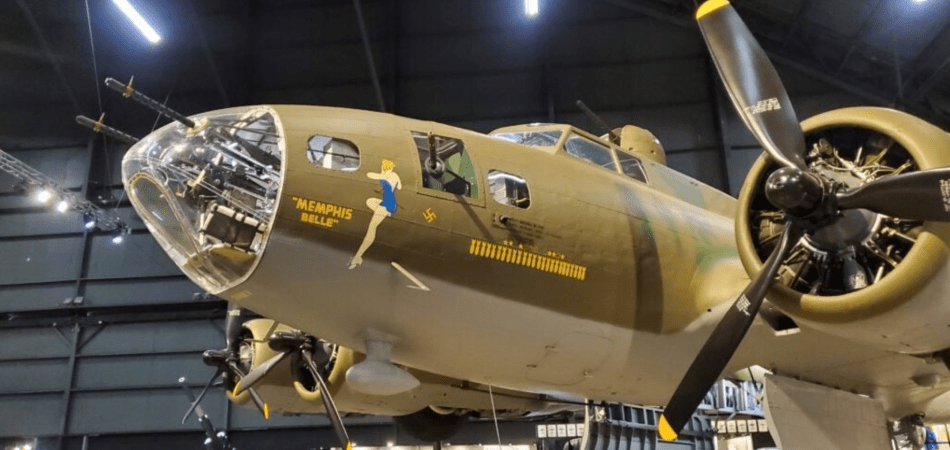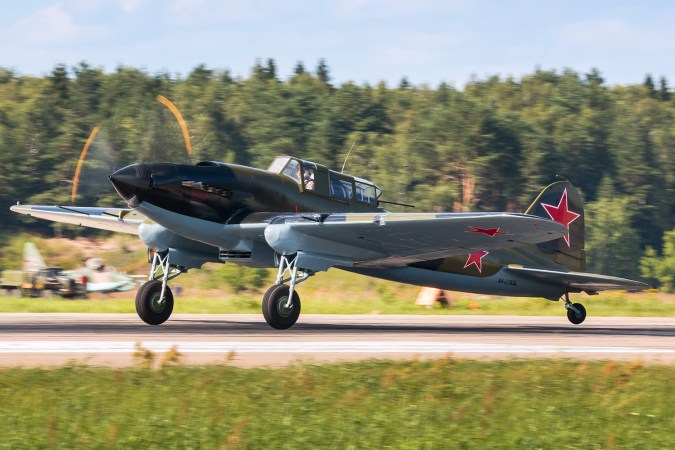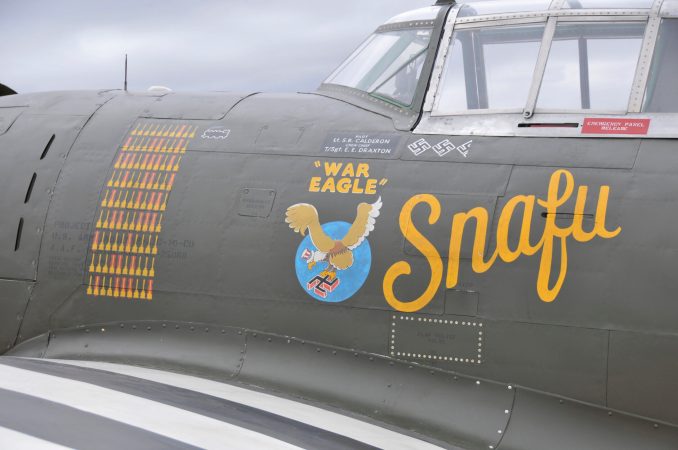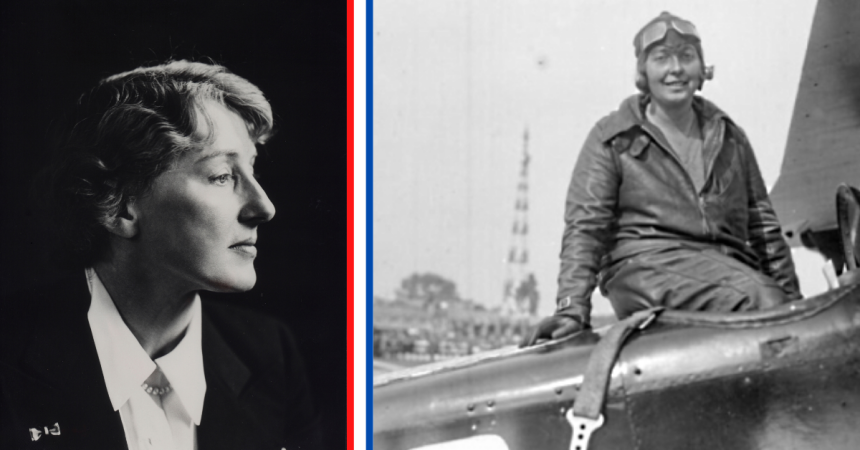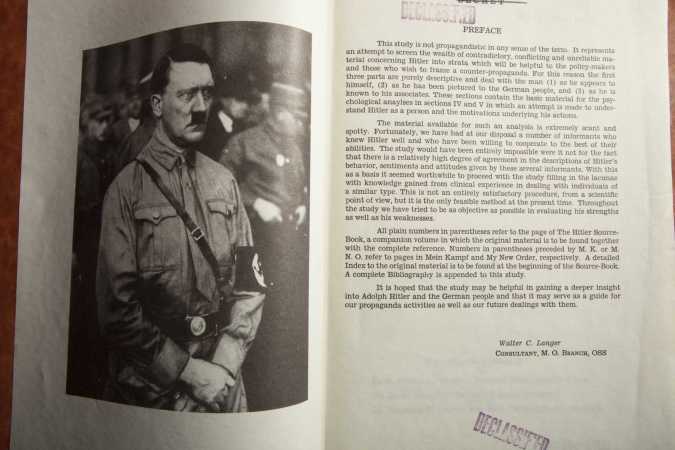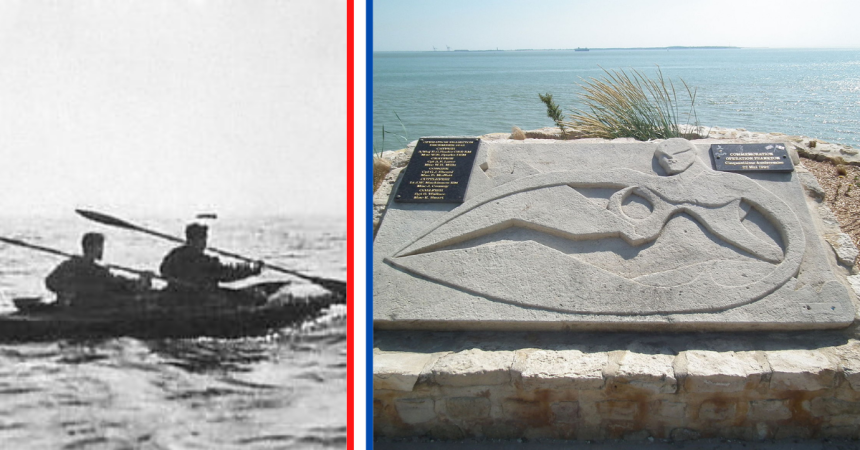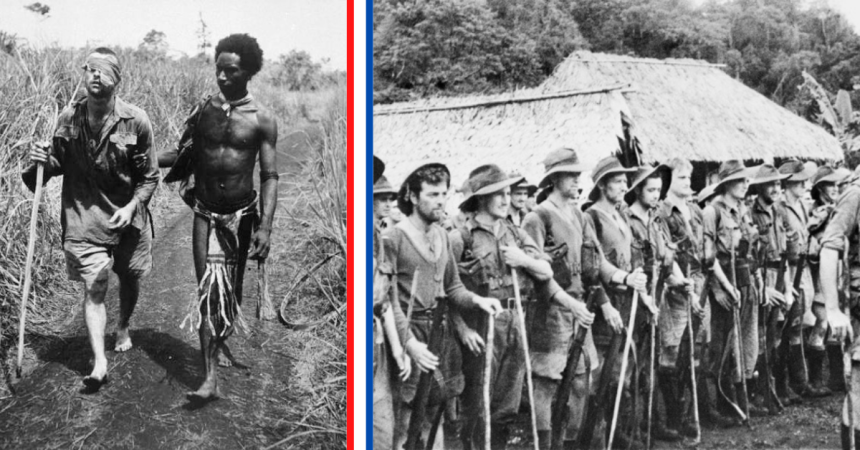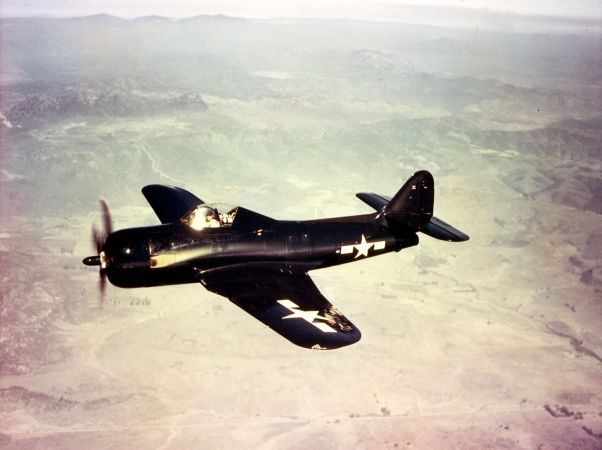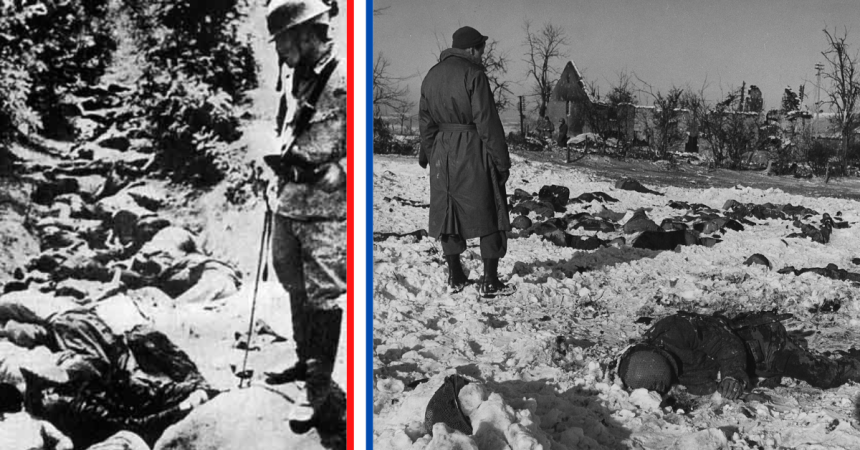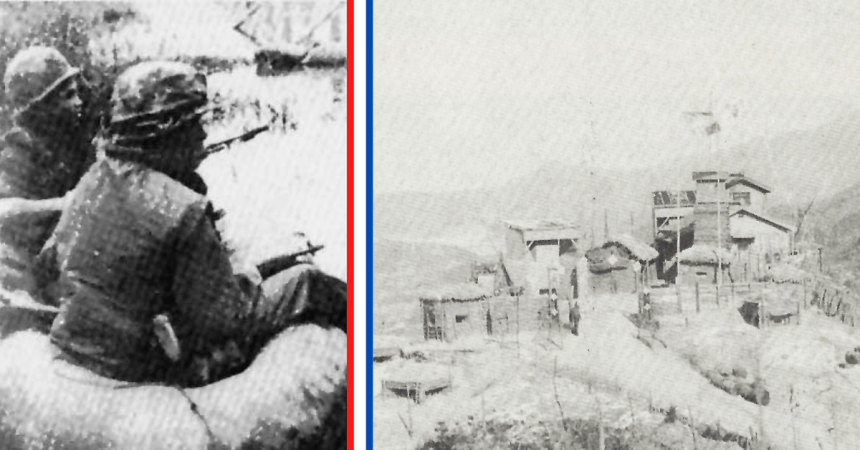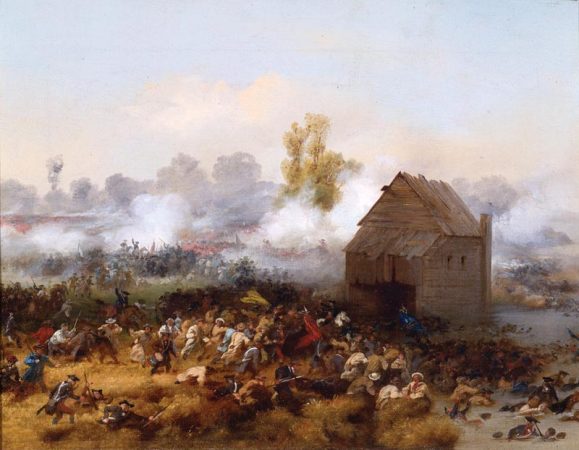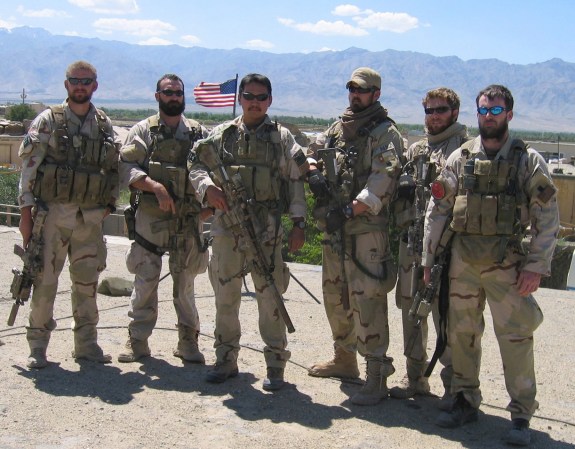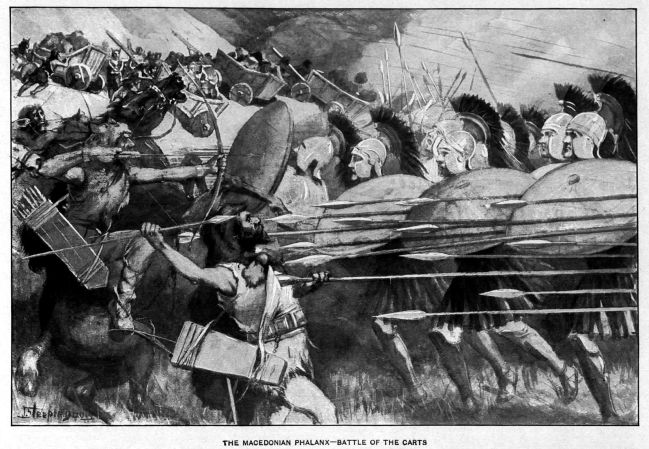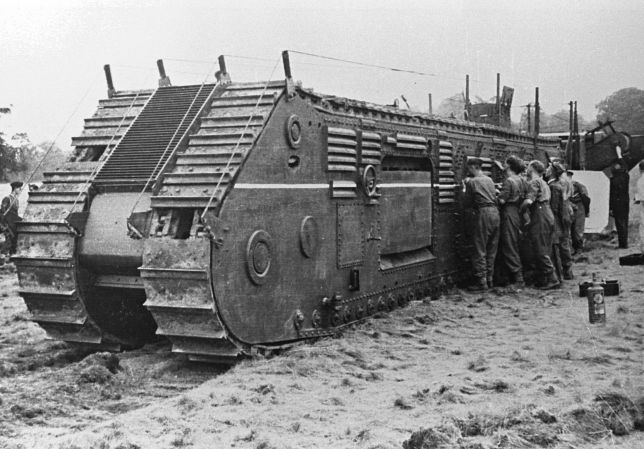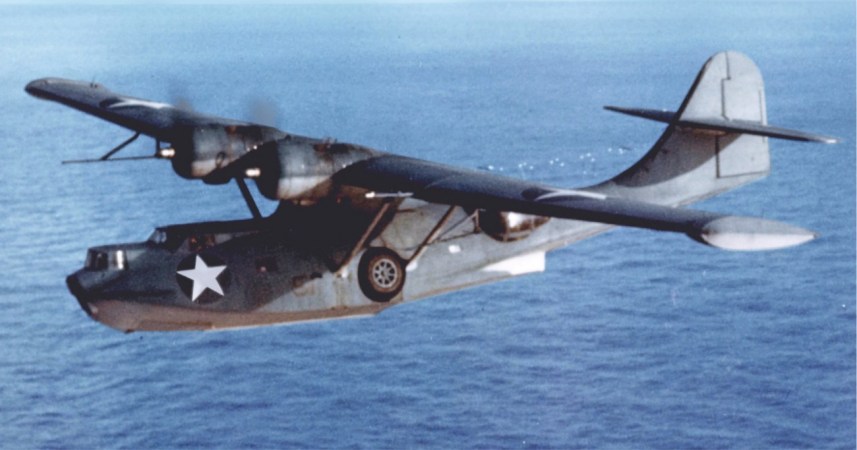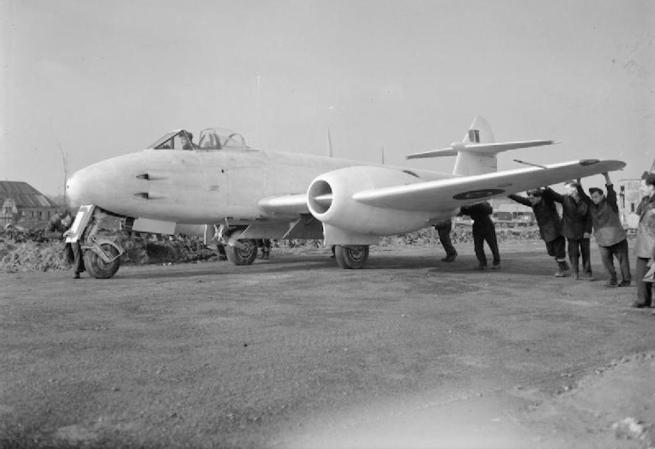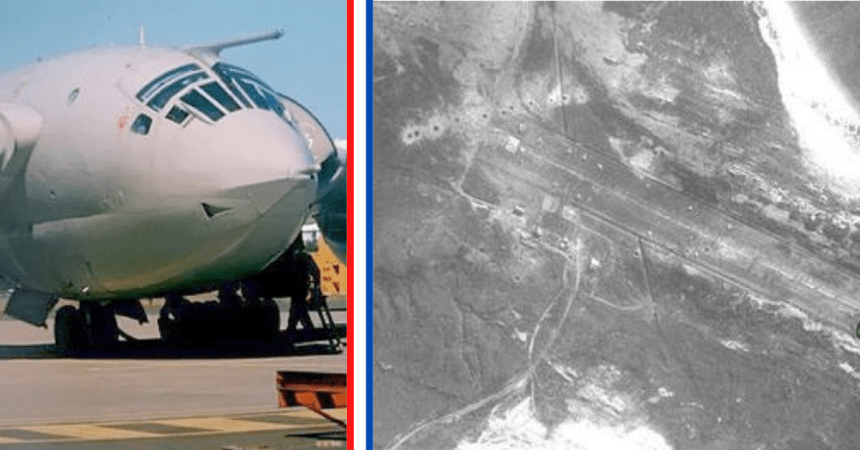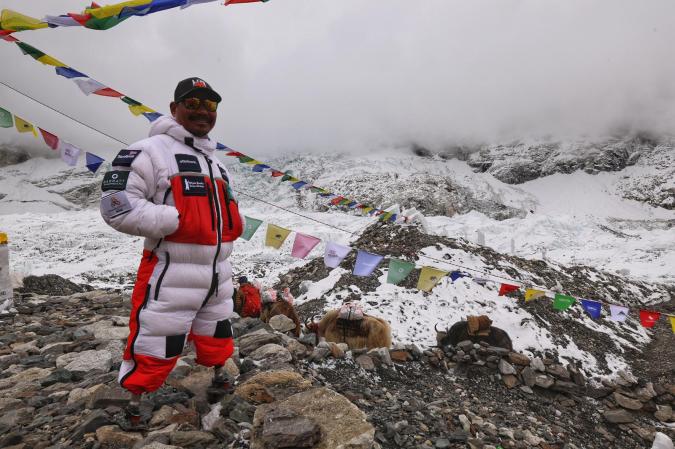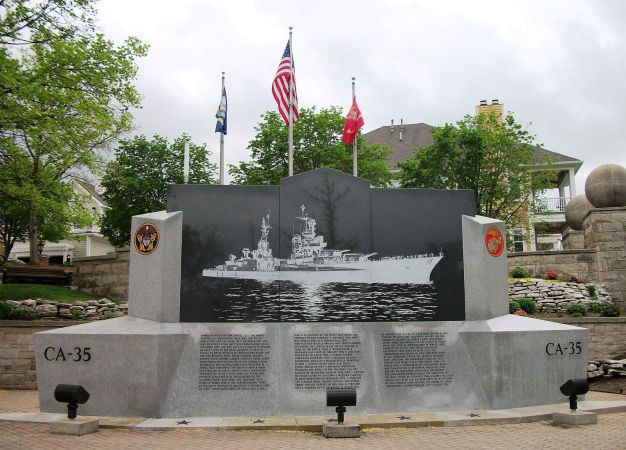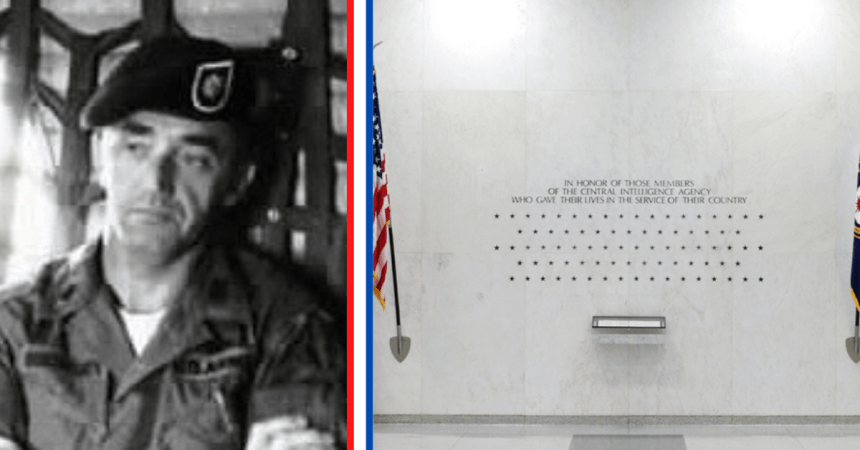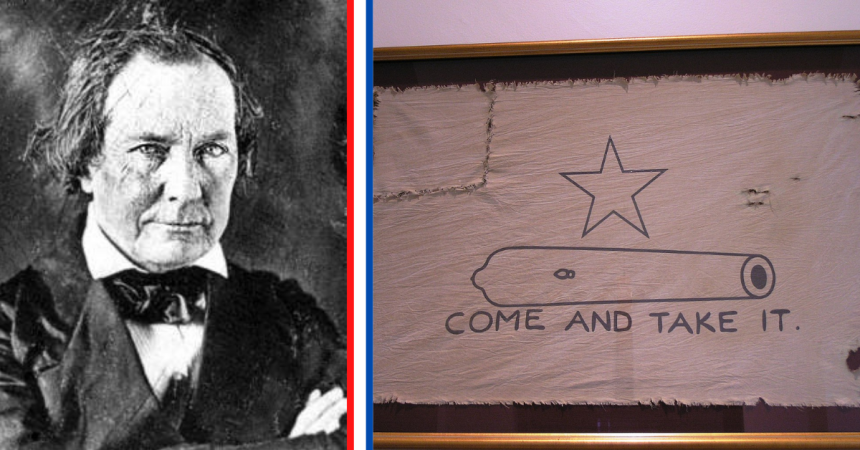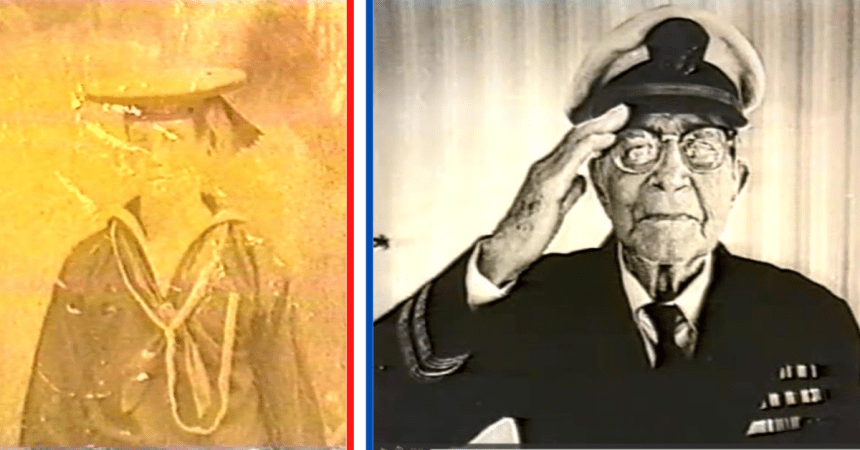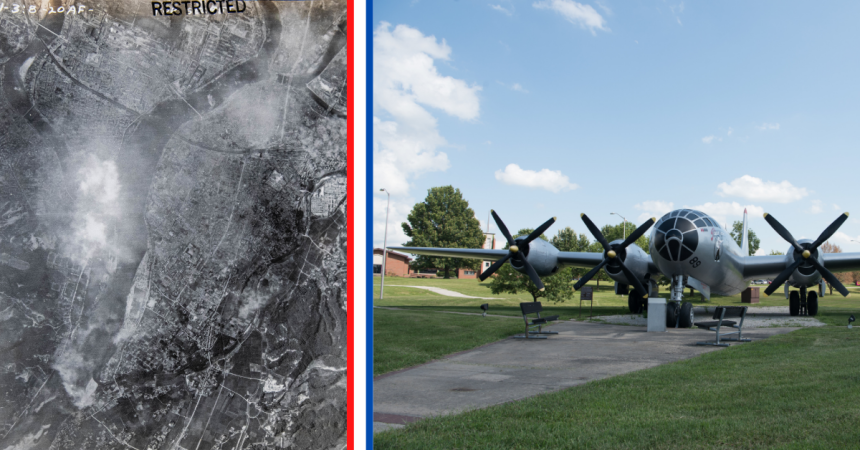At the close of World War II, America ushered in the Atomic Age with the bombings of Hiroshima and Nagasaki. Like the launch of HMS Dreadnought, this moment changed warfare and required every military in the world to suddenly adapt. Many of the weapons, especially bombers, of World War II were suddenly obsolete. Great Britain quickly pivoted by creating some of the most advanced bombers of the Cold War. The V Bombers included Vulcan, Victor and Valiant.
The V Bomber program
Prime Minister Winston Churchill came up with the term “special relationship” to describe the U.S. and U.K. in 1944. But he was keenly aware that the two countries would not always see eye-to-eye. So when the Atomic Age began, he knew that Great Britain needed its own planes for nuclear deterrence. In January 1947, the government asked manufacturers for bomber designs that could carry a 5-ton weapon, travel over 2,300 miles, and fly 580 mph.
Then, it sent three of the designs into prototyping at the same time. It ordered the Valiant from Vickers, the Victor from Hadley Page, and the Vulcan from Avro. All three went into service in the 1950s, giving Great Britain the most advanced bomber fleet in the world for decades.
The Vickers Valiant
The Vickers Valiant was the last design to be approved for production. But it was first prototype and production aircraft delivered. Great Britain initially hesitated to order the Valiant because it was less advanced than the other two designs. But Vickers pitched their design as the least risky and cheapest of the three. They proved themselves right when they delivered the first prototype in 1951 and the production plane in 1953.
The Valiant featured jet engines, could fly 567 mph, carry 10 tons, and travel 4,500 miles. It served in the Suez Crisis and allowed Britain to destroy the Egyptian Air Force on the ground. Because of its less advanced design, though, it was the first of the V bombers to be phased out, leaving service in 1965.

The Avro Vulcan
The Avro Vulcan boasted the first delta-wing bomber design and inspired the Concorde supersonic jetliner. Reaching service in 1956, it instantly became a hit at airshows and so impressed American forces that they suggested a competition. In a series of simulated bombing runs in America, the Vulcan defeated the B-52 on speed, agility, and accuracy.
Most impressive at the time, the Vulcan’s delta-wing design let it turn more sharply than most fighters of the day. And it did those tight turns at up to 65,000 feet, 645 mph, and while traveling 4,600 miles in a hop. And it carried up to 10 tons of payload.
It’s easily the most famous of the V bombers. It served from 1956 to 1984 and conducted the longest-range British bombing missions in history. During Operation Black Buck, Avro Vulcans flew five bombing missions from Wideawake Airfield on Ascension Island to the Falkland Islands. This over 8,000-mile trip wouldn’t be beaten until the U.S. invasion of Afghanistan when B-2s were sent from Missouri across the Pacific to bomb Taliban air defenses.
The Handley Page Victor
The Handley Page Victor had engines built into the wings like the Avro Vulcan. But the wings were crescent-shaped instead of the Vulcan’s delta configuration. It had a top speed of 640 mph, a ceiling of 60,000 feet, and a range of 4,600 miles. But it came late, not flying until 1958. And the plane cost a lot to develop and fly.
Great Britain already had the Vulcan for the toughest bombing missions, so the Victor seemed late and unimpressive.
It didn’t spend much time in its primary bombing role, but the Victor became a capable airborne refueler and reconnaissance aircraft, serving in those roles until 1993. It was the last V bomber flying.

The Blue Steel Missile
As the Cold War wore on, the surface-to-air missile threat got more advanced and reached higher and higher altitudes. When the Soviet Union shot down an American U-2 spy plane in 1960, it became clear that bombers couldn’t rely on altitude for safety. Great Britain introduced a long-range missile to let V-bombers attack from a distance.
The air-to-surface missile had a 200-mile range and could deliver a 1-megaton thermonuclear warhead. The Vulcans were finicky weapons, though, requiring seven hours of prep time and still expected to fail in half of engagements.


